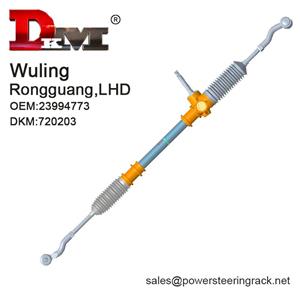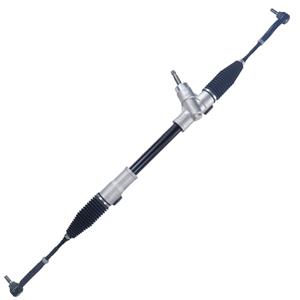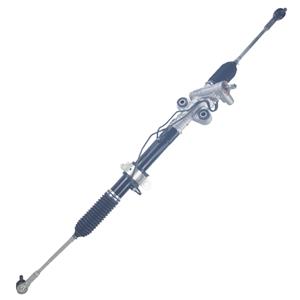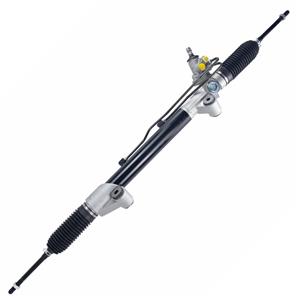-
The safety risks in the repair of hydraulic power racks are: 1. The risk of high-pressure hydraulic oil leakage 2. Pressure instability caused by hydraulic pump or pipeline failure 3. Hydraulic oil contamination caused by incorrect operation 4. Misinstallation or mismatch of steering rack and hydraulic power assist components 5. Damage caused by overload of hydraulic system
-
Hydraulic power steering system is one of the earliest technologies to replace traditional rack and pinion steering systems. The system greatly reduces the force required by the driver to turn the steering wheel through the pressure provided by the hydraulic pump, thereby improving the comfort of control.
-
The hydraulic fluid used in hydraulic power steering systems must have specific properties to ensure smooth operation and long life of the system. Hydraulic fluids are mainly divided into the following types: 1. Mineral Oil 2. Synthetic Hydraulic Fluid 3. Semi-Synthetic Hydraulic Fluid 4. Specialty Hydraulic Fluids
-
Electric power steering system (EPS) is one of the most commonly used steering system types in the world. Unlike traditional hydraulic power steering system, electric power steering system directly provides steering assistance through electric motor.
-
General Motors has used hydraulic power steering technology on many classic models, such as Chevrolet, Cadillac and other brands, but General Motors has gradually applied electric power steering technology to many of its models since around 2010.
-
When the system fails, steering wheel operation becomes extremely difficult, especially when driving at low speeds or parking. This is because without the hydraulic power assistance, the driver needs to rely entirely on their own strength to turn the steering wheel, and without the help of the hydraulic system, the amount of force required to turn the steering wheel may increase significantly.
-
Although hydraulic power steering racks were once the mainstream choice for automotive steering systems, with the advancement of electronic technology, other types of steering systems have gradually occupied an important position in the market. However, this does not mean that hydraulic power steering racks have been completely eliminated.
-
If you often drive on the highway and need stable directional control and less fuel consumption, the electric power steering rack is still the first choice. It can provide consistent power assistance to ensure stability when driving at high speeds.
-
In general, it is recommended that car owners replace the steering fluid every 2-3 years or every 50,000 kilometers. Of course, the specific replacement cycle should also refer to the recommendations of the vehicle manufacturer.
-
2002-2025
Do racing cars have power steering?
Whether a car is equipped with power steering depends on many factors, including the type of car, the nature of the competition, and the needs and preferences of the drivers. Although power steering can reduce driver fatigue and improve handling stability, it can also increase the weight and complexity of the vehicle and reduce steering feedback.




